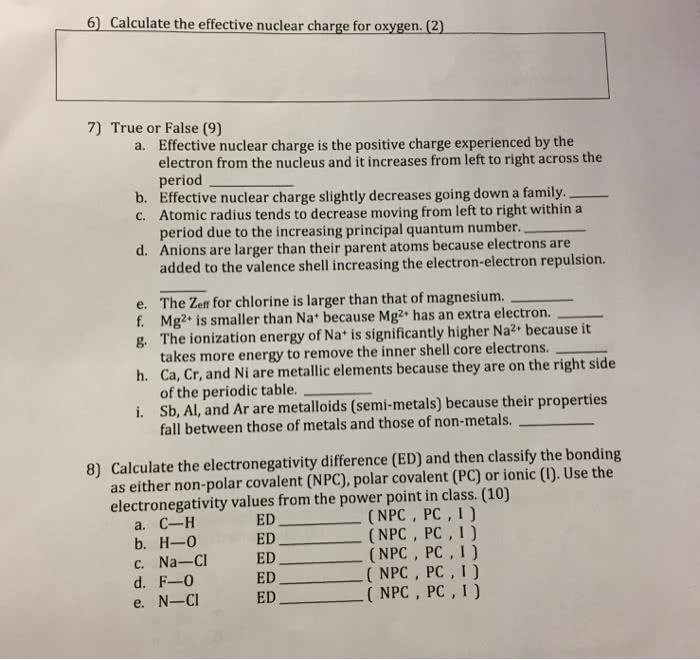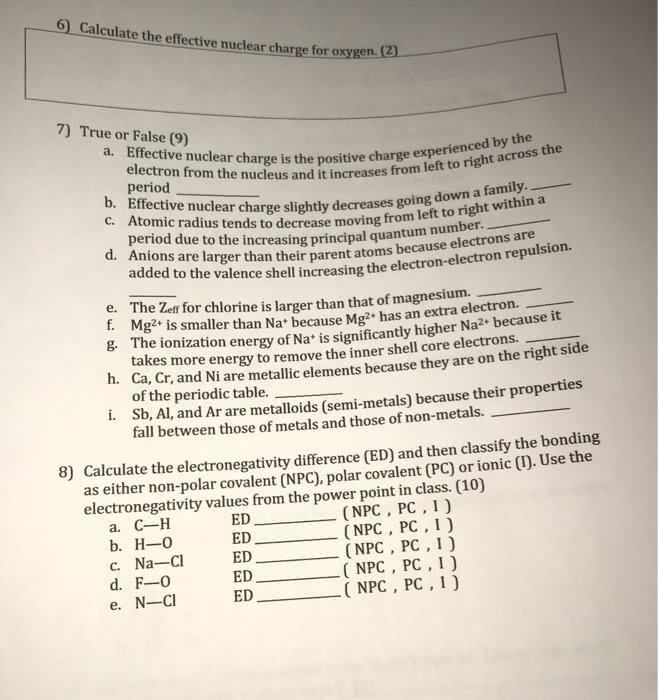CHEM 151 Lecture Notes - Lecture 8: Bond Length, Sulfur Trioxide, Electric Dipole Moment
Document Summary
Electronegativity: a measure of the decrease in the energy of a system if a bonding electron was to be localized in the vicinity of a given type of atom. Electronegativity decreases as you go up or left on the periodic table. ***the larger the decrease in energy, the larger the electronegativity of that type of atom and the larger the likelihood of finding bonding electrons closer to it. ***can be thought of as a measure of the probability of finding bonding electrons localized in the vicinity of that atom. ***the most electronegative atoms tend to be those that are smaller in size and with lower valence electron energy states. Partial electric charge acquired by bonded atoms depends on: difference between electronegativities, their average electronegativity. Delta = |xa - xb| / xa + xb. The existence of positive and negative partial charges creates a dipole moment in the bond.



